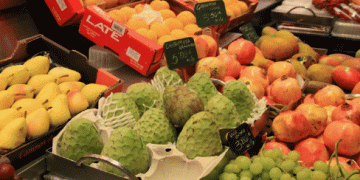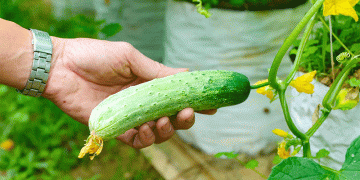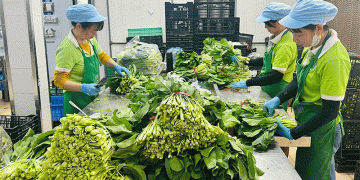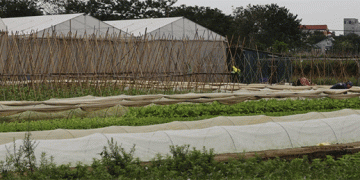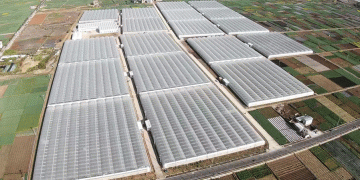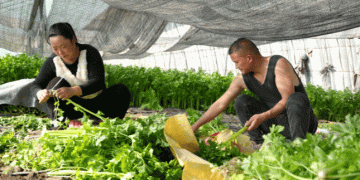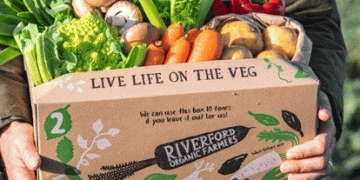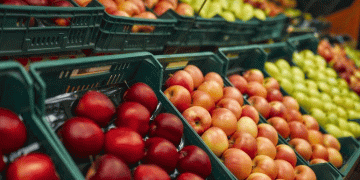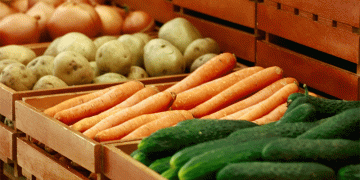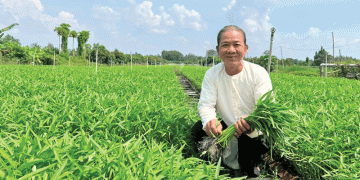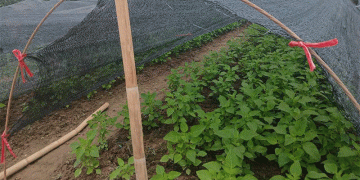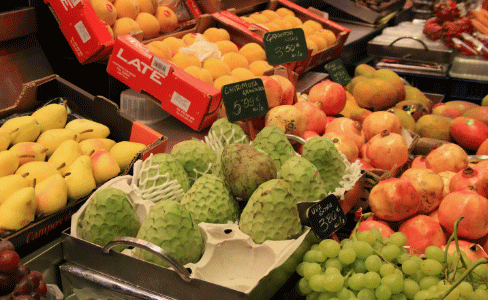Recent data from Spain’s Ministry of Agriculture (MAPA) and FEPEX reveals a nuanced picture of household food consumption. In 2024, per capita intake of fresh fruit fell by 0.9% to 79.38 kg, while vegetable consumption dropped by 0.7% to 49.55 kg. Despite lower volumes, fruit spending rose by 3.1% (€169.50/person/year), suggesting higher prices or a shift toward premium products.
Key Fruit Trends
- Declining Categories:
- Citrus and exotic fruits (18.47 kg and 18.74 kg/person/year) fell by 0.59 kg and 0.46 kg, respectively.
- Pome fruit (e.g., apples, pears) saw the sharpest drop: −6.7% (−0.73 kg).
- Growth Categories:
- Stone fruit (e.g., peaches, plums): +5.2%
- Berries: +6.7%
- Melons/watermelons: +4.6%
Vegetable Consumption: Mixed Results
- Tomatoes, peppers, and brassicas (grouped as “fruit and flower vegetables”) grew by 1.6% (24.23 kg/person/year).
- Leafy greens, beans, and asparagus plummeted by −8.3% (5.97 kg/person/year).
- Total vegetable volume slightly increased (+0.6%) to 2.32 billion kg, driven by processed or out-of-home demand (not captured in household data).
Underlying Factors and Global Context
- Economic Pressures: Rising food inflation in the EU (Eurostat reports 5.6% YoY for fruit/veg in 2023) may have reduced household purchases.
- Health Trends: Growth in berries and stone fruit aligns with global demand for antioxidant-rich foods (FAO 2024).
- Supply Chain Shifts: Spain’s vegetable exports rose by 4% in 2023 (MAPA), suggesting domestic consumption competes with lucrative export markets.
Adapting to New Realities
While Spain’s fresh produce sector remains robust, farmers and agribusinesses must diversify toward high-demand categories (e.g., berries, convenience vegetables) and explore export-driven strategies. Investments in climate-resilient varieties and consumer education (e.g., promoting leafy greens’ health benefits) could reverse domestic declines.
